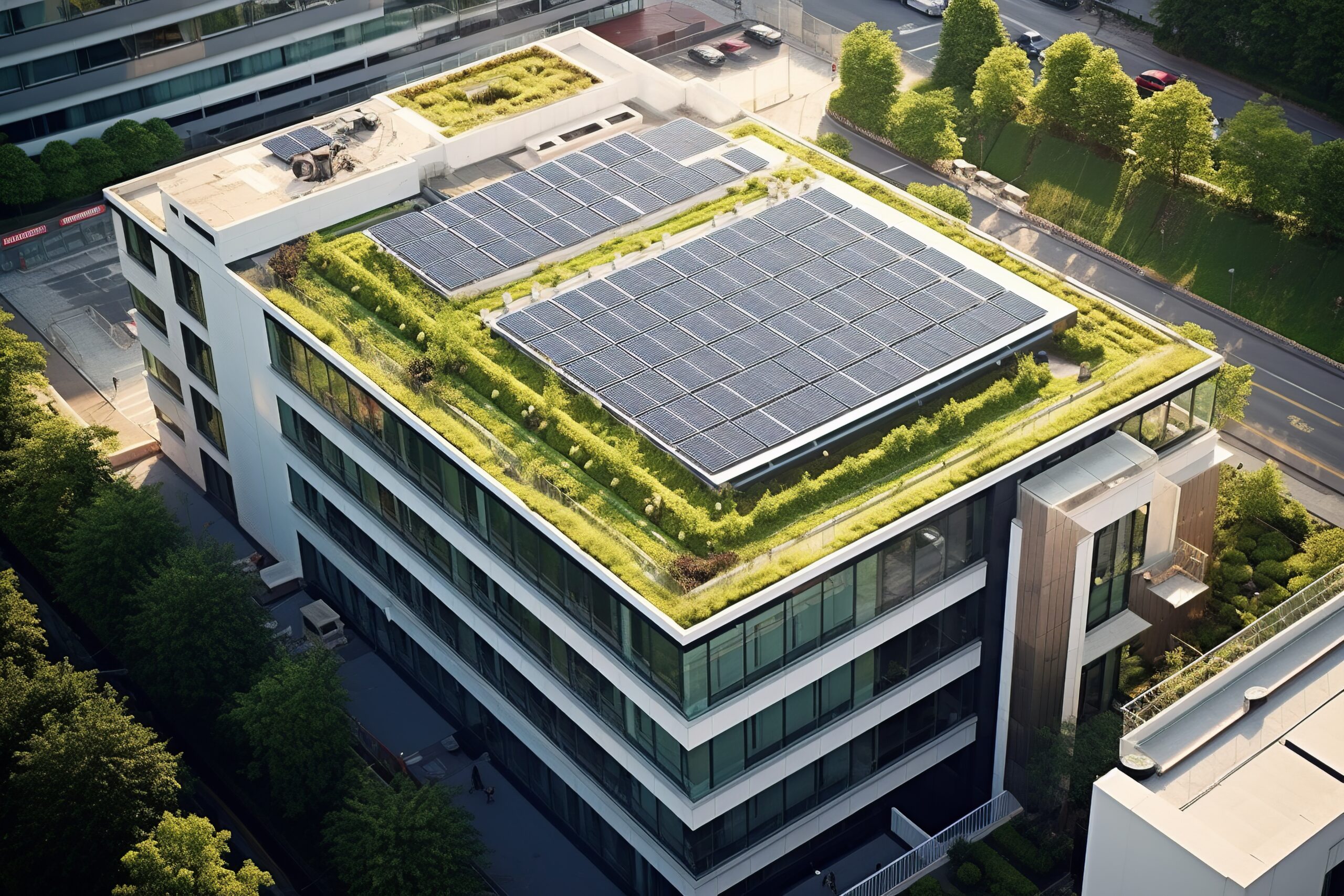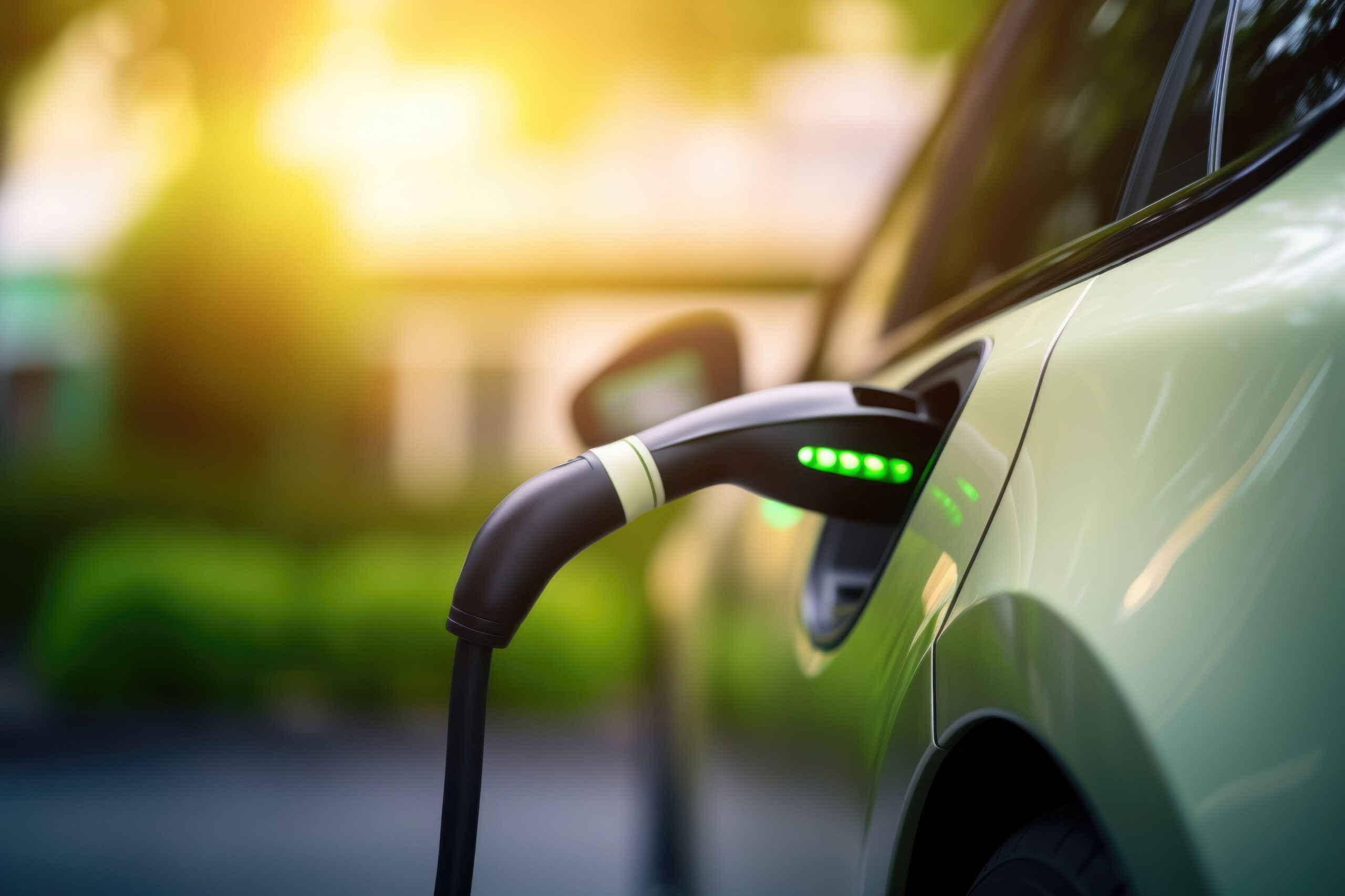
[Series 2/6] Energy performance: do more with less
Energy performance has become a major financial issue for companies, as well as individuals, who have seen the cost of their energy consumption rise sharply in the space of a few months. Retrofitting existing installations not only improves their energy efficiency but also makes them more comfortable for users.
At the height of the crisis, wholesale electricity market prices in France exceeded €550/MWh in September 2022, compared with €55/MWh in December 2021. According to figures from IFP Energies Nouvelles, an institute specializing in research and training in energy, transport and the environment, this variation is equivalent to the European average, with a 10-fold increase in prices in the space of just nine months. Developing renewable sources as well as nuclear power and saving energy have therefore become two central challenges for increasing Europe’s energy independence and limiting price rises. Although prices have since fallen significantly, they remain on average twice as high as pre-crisis rates, at €115/MWh in France and €174/MWh in Europe, according to European Commission figures.
Over and above sobriety, which involves strictly reducing consumption, improving the energy performance of installations has a dual advantage: consuming less without reducing user comfort, or even improving it. By renovating existing installations and adding management solutions, energy requirements can be controlled more precisely, while integrating new services. In one simple example, for professionals, installing a BMS (Building Management System) in non-residential buildings makes it possible to control usage according to presence in the building and in each of the rooms. If the room is only used occasionally, for example a meeting room, it is possible to heat, ventilate and light it only when it is expected to be used, using the room booking software for example. For end-users, thermostatic controls can be fitted to radiators to maintain the desired temperature, and heating scenarios can be added to reduce the intensity during the day when the home is empty and increase it in the late afternoon, before the occupants arrive.
The digitization of electrical installations, combined with the implementation of control solutions, provides a welcome improvement in efficiency without reducing users comfort. French regulations, which are pioneering at a European and global level, are now focusing on these aspects, through the BACS (Building Automation & Control Systems) decree for tertiary buildings and the decree requiring heating control in housing.
